Sometimes the committed painter sees in two dissimilar genres a potential for communication, an outlet, which repeats the same message to different viewers.
But it's a fact that Bouguereau had nothing important to say.
Paintings, and thoughts from Northern California
A Few Books and a few comments:
Vitamin P phaidon,2002,…isbn,071484246x
Updated every few years, a must have, especially for rural painters who want a contemporary perspective.
Art Today,…Phaidon
See above comments.
Art Now,…Taschen, 2005,…isbn,3822839965
Ditto as above
The next four texts are important reading, for committed California painters.
California Art, Dustin,1998,…isbn0961462256
Made in California ,2000,…isbn,0520227654
Bay Area Figurative Art 1950-1965,…University of California
Press,1990,…isbn,0520068424
Facing Eden; 100 Years of Landscape Art in the Bay Area,…University of California Press,…1995,…isbn,0520203623
Books about painters/groups of painters:
Leading the West, One hundred contemporary painters and Sculptors,…Northland Publishing,1997,…isbn,087358600x
American Painting,…Watson Guptill,2002,…isbn,0823003310
The Pacific Northwest Landscape,…Sasquatch Books2001,…isbn,1570612846
Lucian Freud Paintings,…Thames & Hudson,1998,…isbn,0500275351
Everyone should have at least one reference on this guy.
Lisa Yuskavage, small paintings 1993-2004,…Harry N.Abrams,2004,…isbn,0810949571
John Currin,…Gagosian Gallery,2006,…isbn-10;0847828654
Probably the leading figure in contemporary figurative.
Joaquin Sorolla,…Phillip Wilson Publishers,…isbn,0856676055
Proving there were other painters during the early 20th century
Contemporary Art, art since 1970,…Pearson/ Prentice Hall,2005,…isbn,0131181742
The Art Book,…Phaidon1994,…isbn,714836257
500 Self-portraits,…Phaidon,2000,…isbn,0714843849
The next four selections are also a must have for every California painter.
The Art of Richard Diebenkorn,…Whitney California,1998,…isbn,0520212576
The Society of Six, California Colorists,…University of California
Press,1988,…isbn,0520210557
Wayne Thiebaud, A Paintings Retrospective,… Thames & Hudsen,2000,…isbn,0500092923
The Group of Seven and Tom Thomson,…Firefly,2003,…isbn155297605x
Carl Rungius, Artists and Sportsman,…Glenbow/Warwick,2001,…isbn,189462209x
Another good reference on the grandfather of all contemporary wildlife painters.
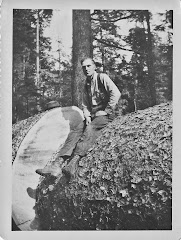
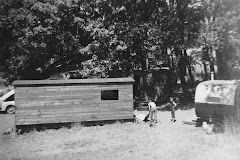



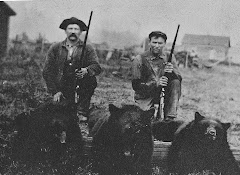



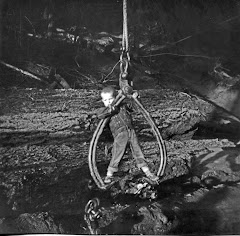
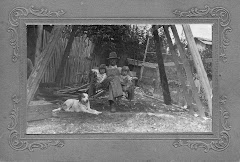
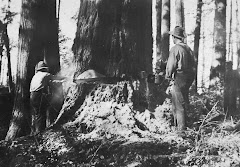
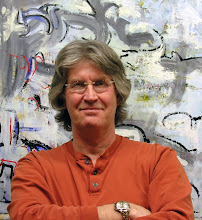
Often a painting acquires its own image, certainly much is deliberate, but much also simply shows up on its own, and gets left as it is. We could argue that the intuitive paint stroke is accidental but once left alone then becomes the painters. Like falling timber, (and this is not a stretch), just so much can be done to control the fall with the best intention of not breaking the tree, or hitting pavement, or equipment or,... active stream,...or whatever. Once the tree starts to fall however, there are forces at work I cannot control. Non figurative painting is much like that, I make the best choices at the time, and in the end outside forces finish the work, and the viewer becomes a judge of something they cannot do, having neither the experience nor expertise to be a critic, those casual viewers all too often become a force to contend with.
Knowledgeable viewers are those who can do the work, another cutter/painter, they can see the work clearly, having experience and recognizing the intentions immediately. My decision may not have been their decision but experience is coupled with understanding, understanding accepts the difference in such a manner that having done something different is simply that.
A weakness can be easily pointed out, we all know that no special genius is required to find a fault, but the weak painting/or where a tree lays is not so clearly wrong, as I'm inclined to rest on the best intention of the work. Most of the time "good work" is what can be achieved given the experience of the worker. However outside expectations too often quash undiscovered originality. I work best with those who are smart enough to see the intention and foster that, and the expertise to point out a weak conclusion gracefully.
Been my experience that once you know someone’s story,... they make sense, doesn’t excuse actions,.... but at least their actions make sense. The same with a painting, or felled tree, both are the culmination of a best effort given the circumstance. I suppose we're talking about chasing craftsmanship and expertise knowing it will not be achieved and knowing ‘expert’ is for others to apply to us. Hopefully the others know a thing or two about what they see.I used to wish for more.
At my age I’m well grounded in the verse “be careful what you wish for”, with that in mind I don’t fret as much as I used to about not having gallery representation. I can only suspect that I’m better off not having a gallery contract or access to a city venue. If better off means removed from expectations and able in good conscience to make my own work then yes, I am better off. But occasional conversations about “art” are rare in “rurality” and rarer still conversations with someone who knows the subject, the bane of rural painters and not a small price to pay for living in a small town. I do enjoy those who can talk with authority on the subject.
Occasional conversation on a favorite topic is better than way too much. Besides, there are lots of painters like me.
In the end painting is more important than Art, and conversation is not painting.